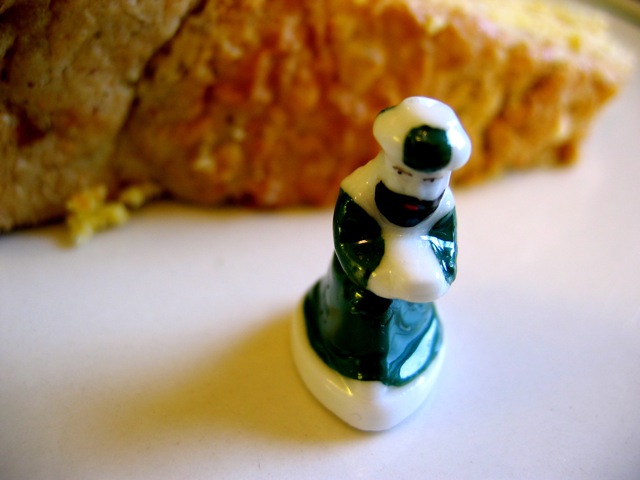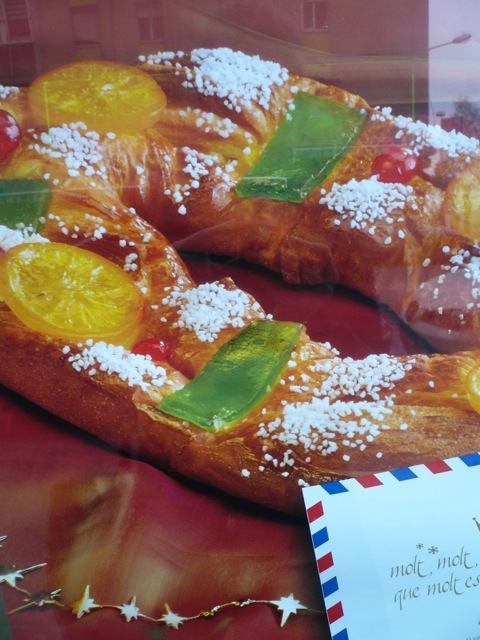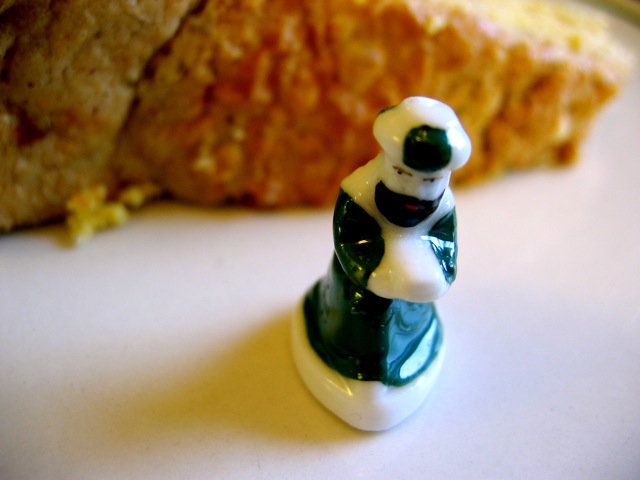
reference , l
(article, Regina Winkle-Bryan)
[%pageBreakSettings nobreak=true] Spain loves food as much as it loves a vacation, which is why December and January are two of the best months to be a local in Barcelona. From around December 15 to January 8, nobody, it seems, goes to work in Spain. During this almost month-long break, the Barcelonese focus on what’s really important: food, family, and fiesta, marking the season with celebrations of Christmas, New Year’s, and Twelfth Night, or as it’s known in Spain, Kings’ Day. I moved to Spain from Mexico three Novembers ago, and during that first holiday season experienced many firsts: my first chestnuts and charred yams from the street vendors, my first glass of Catalan cava, my first Spanish Christmas noodle soup, my first New Year’s grapes, and my first piece of roscón (or rascón) de Reyes, the Cake of the Three Wise Men, or more simply, Kings’ Cake. (It's also occasionally called Epiphany Cake.) [[block(sidebar). h1.Featured recipe]] In Spain, unlike in the States, Christmas isn’t the most important gift-giving day. That honor falls to Kings’ Day (January 6), the real motherlode of loot, not to mention general celebration: citywide parades, vacation from work and school, lunches, dinners, and music. Everybody serves roscón de Reyes, a ring that’s more bread than cake, studded with fruit and nuts and, like the galette des Rois of France, comes with prizes both good (usually a porcelain figurine of a king) and bad (a dried bean) embedded inside. [%image reference-image float=left width=400 caption="Capture the king for luck."]One Kings’ Day, my friend Nuria invited me over for cake and cava (the cake, along with just about everything else during the winter holidays, is served with cava, the Catalan version of Champagne). I decided to go and find out what all the fuss was about. We gathered at her apartment and chatted as I eyed the guest of honor, a large, ring-shaped roscón de Reyes serving as the table centerpiece. Adorned with fruit and a sugary glaze, it was big enough for the 10 of us. We all gathered round, giggling, wondering who would chomp down on the figurine and the bean in their slices of cake. The cake is simple and tasty, made in much the same way for hundreds of years. Flour, sugar, salt, eggs, butter, rum, and milk typically make up the roscón’s basic ingredients. The ring is topped with candied delights, such as orange peel or cherries, and can also have an almond filling. As we munched, Nuria asked me, slyly, “Do you know what happens if you get the little bean?” I admitted that I had no idea what would happen, or why there would perhaps be a dry hard bean or a little porcelain figurine in my slice. “If you get the bean, that’s bad luck! And you have to pay for the roscón de Reyes!” she informed me. I knew that Kings’ Cakes weren’t exactly cheap — specialty made-to-order cakes can go for $40 apiece — so I was relieved when my slice hid nothing but marzipan inside. The bean went to Jordi, who was a good sport and paid up. (The payment tradition is serious, so if you’re ever invited to a roscón de Reyes party, be sure to bring your wallet.) It was Miguel who ended up finding a small king figurine in his slice of cake, thus earning a year of good luck. He beamed and blushed as Nuria placed a paper king’s crown on his head and we all toasted his impending good fortune. I wondered if anyone had ever chipped a tooth on the small king figurine, but didn’t ask. I have yet to bite the king of good tidings, but this year I’ve got my fingers crossed. King or no, sampling a sweet slice of roscón de Reyes and a sparkling glass of cava isn’t a bad way to bring in 2009. ¡Salud!_ p(bio). Regina Winkle-Bryan is a writer in Barcelona.

reference , l

window/cake, l

reference-image, l